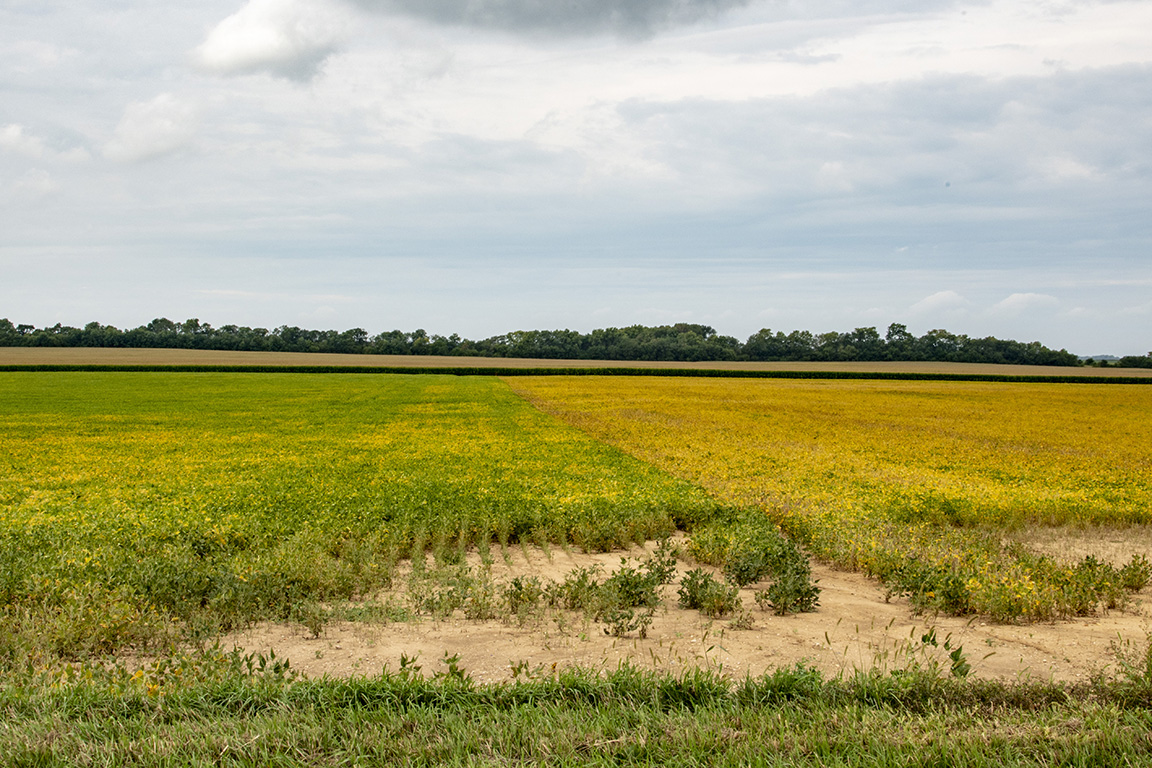
Though Japanese beetle numbers and their defoliation to soybean typically get lots of mid-season attention, their pressures seemed to be lower this year.

Though Japanese beetle numbers and their defoliation to soybean typically get lots of mid-season attention, their pressures seemed to be lower this year.
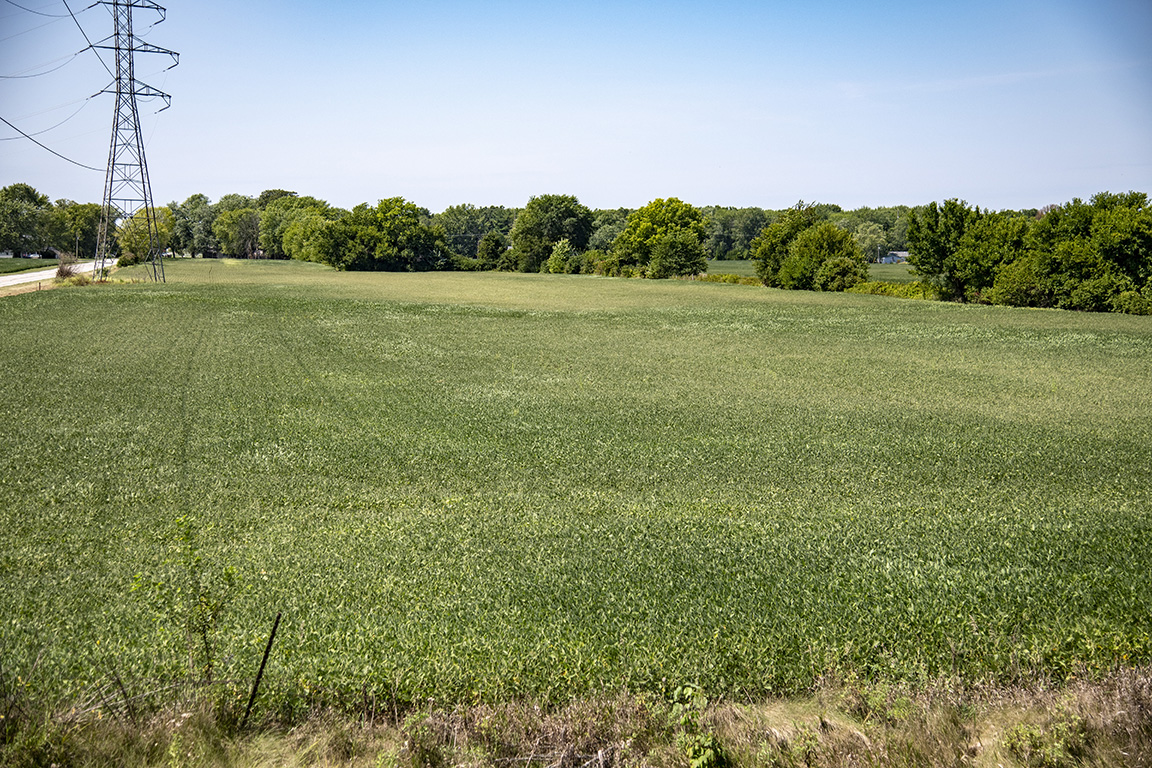
Soybean fields throughout the state are rapidly undergoing their annual color changes, deep green to golden yellow.
The following video addresses bean leaf beetle identification, biology, and late-season damage to soybean while keeping the marketable portion of the crop foremost in mind.

Within the past week, we’ve noticed a movement of bean leaf beetles from an early-maturing soybean field, i.e., yellowing leaves, to nearby “green” fields.
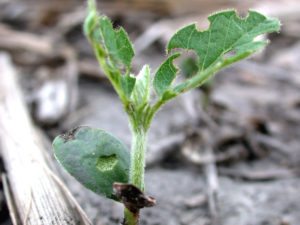
A few soybean fields were planted early, and they are not only emerged, but well into the V-growth stages. Producers are just now finding that these “islands” of legumes have become a trap-crop for bean leaf beetle activity early this season.
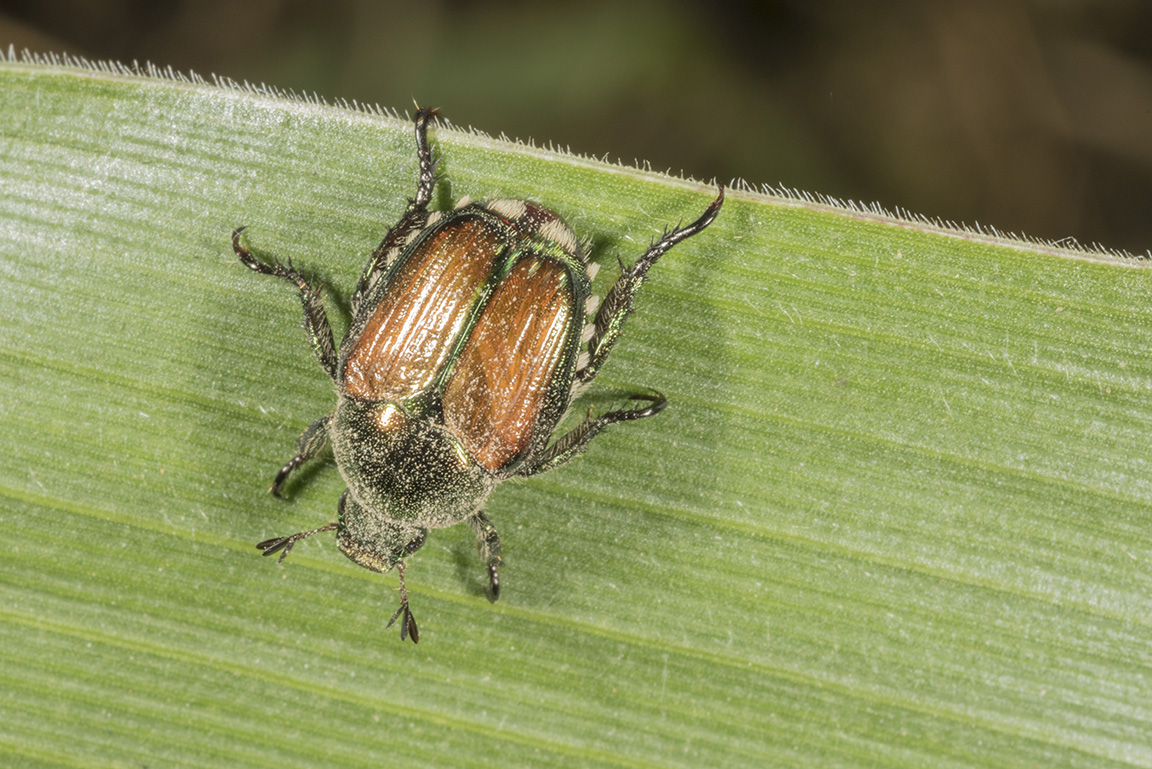
Japanese beetle adults are emerging, though slowly, throughout the state.
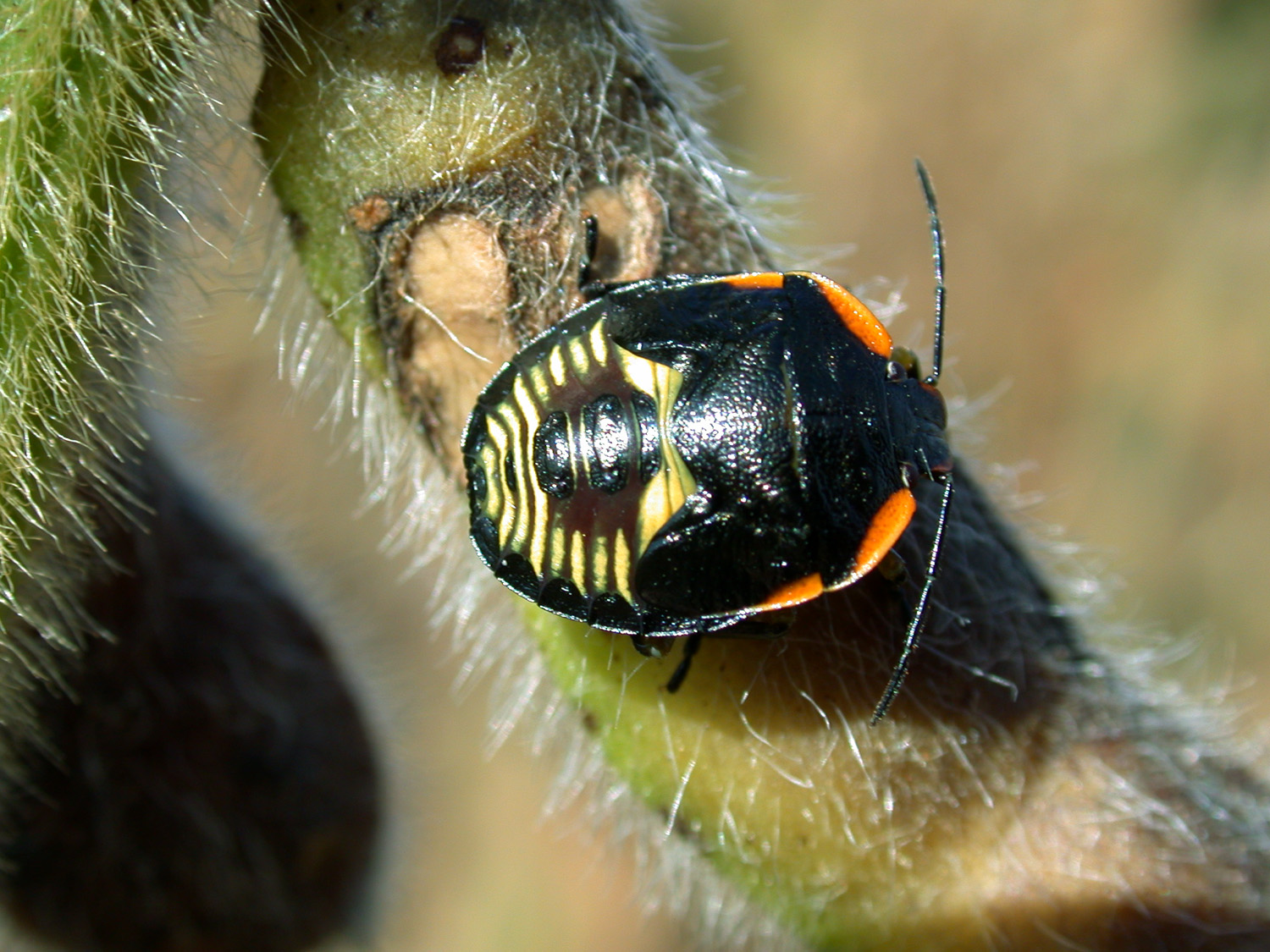
As the soybean crop begins to mature and the plants “shut down”, many insects are no longer interested in these plants.
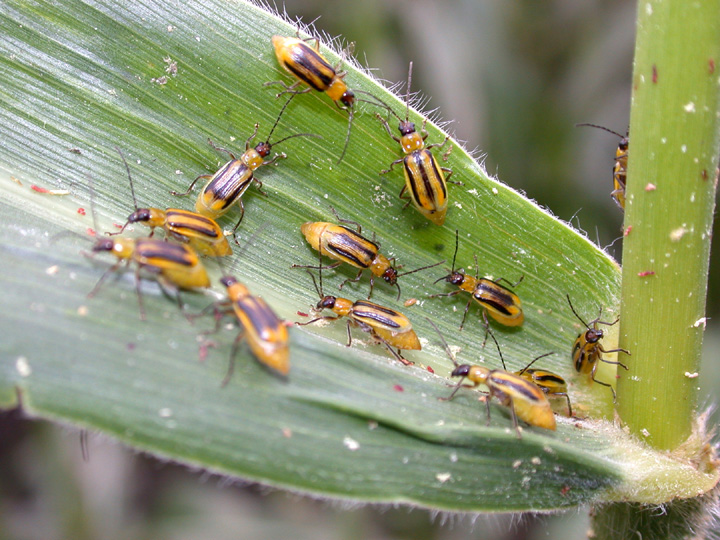
We’ve received multiple reports of impressive rootworm beetle populations in cornfields. Most of these fields were continuous corn without rootworm larval protection. These fields seem to be the exception, but the increasing trend is troublesome. This article is a reminder that is pest is still alive and well. For years, high adoption of highly effective Bt hybrids for rootworm control has likely contributed to a decline in rootworm populations. Overall, Indiana producers have managed this pest through a combination of crop rotation and/or use of Bt-rootworm hybrids. This approach, over many years, drastically reduced rootworm populations compared to 20 years ago. More recently, as state-wide rootworm risks to corn damage declined, producers have used less rootworm protection on their corn. This was a combination of those wanting to save money and take a chance with no protection or those assessing their risks on a field-by-field basis with scouting[Read More…]
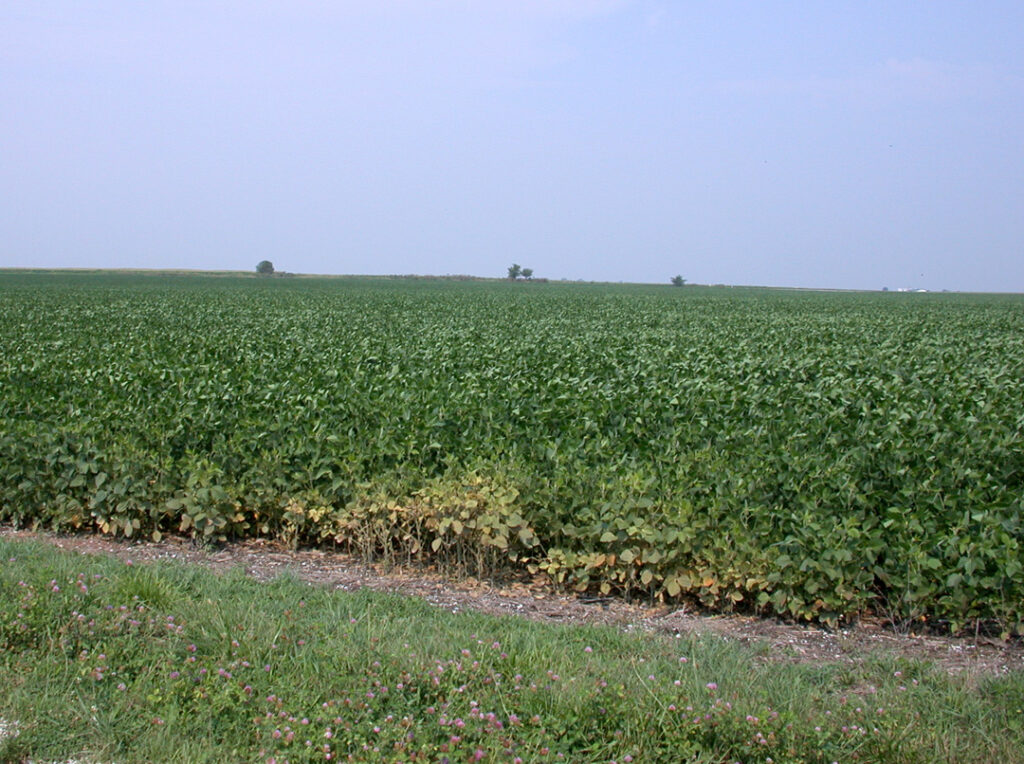
Some areas of Indiana remain very dry and concerns of spider mites moving into fields from parched field/road sides increase.

A quick glance at my vegetable garden on Thursday, June 17, revealed a lonely Japanese beetle… I dutifully squished it!
© 2024 Purdue University | An equal access/equal opportunity university | Copyright Complaints | Maintained by Pest&Crop newsletter
If you have trouble accessing this page because of a disability, please contact Pest&Crop newsletter at luck@purdue.edu.